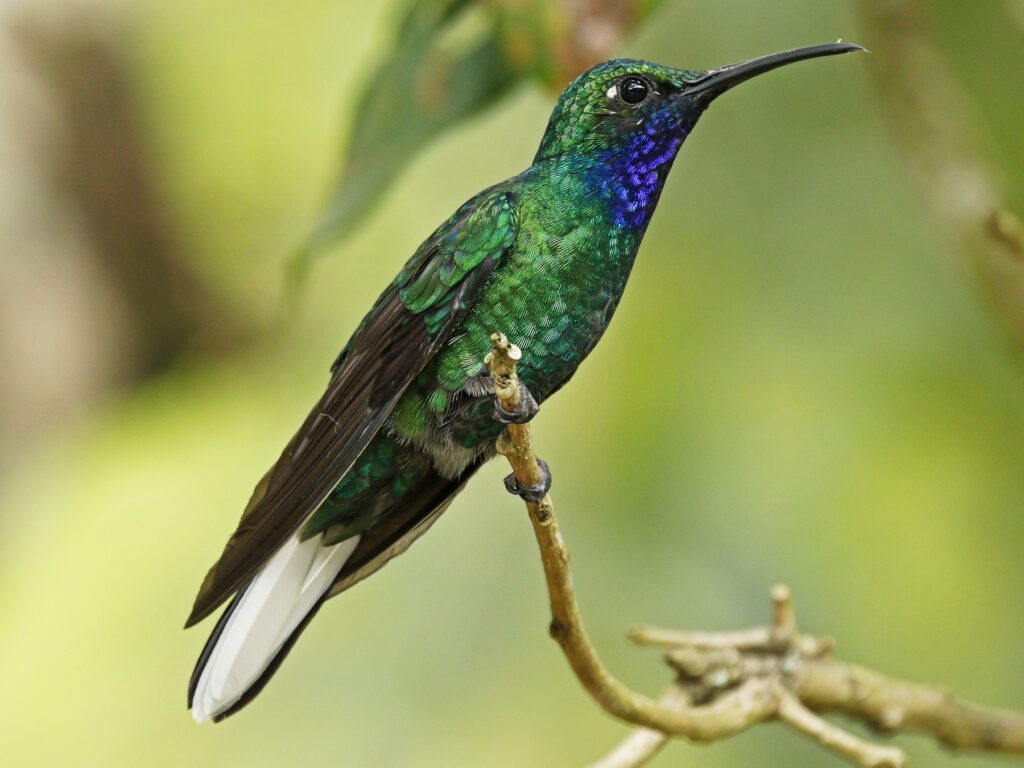Bioreach Project hosts workshop on bird banding

The Bioreach Project, in collaboration with the Tobago Reforestation and Watershed Rehabilitation Programme, successfully hosted a five-day bird banding workshop aimed at conserving the white-tailed sabrewing hummingbird (Campylopterus ensipennis).
This workshop marks the start of phase one of a management plan designed to protect the species in Tobago, a media release said.
Designated an environmentally-sensitive species by the Environmental Management Authority (EMA) in 2005, the white-tailed sabrewing hummingbird is classified as "near threatened" by the International Union for Conservation of Nature (IUCN) – the species is facing a decline in its population.
The bird-banding workshop, hosted at the Main Ridge Forest Reserve, was the first step in managing the species. The training aimed to equip community-based organisations (CBOs), foresters, and conservationists with foundational skills in bird-banding and nest-searching techniques.
Bird banding, an avian research technique, involves safely capturing birds using mist nets and attaching a small, lightweight band around their leg to track and study their movements, the release said.
Twenty-one participants took part in the training, including representatives from the Forestry Division in Trinidad, various CBOs, the Department of Natural Resources and Forestry, and the Tobago Reforestation and Watershed Rehabilitation Programme.
Facilitated by certified bird-bander Daveka Boodram and a team of experts, the training emphasised the best practices, theoretical knowledge, and physical conditioning necessary to establish and run a bird banding station. Participants learned scientific techniques for studying the white-tailed sabrewing and other bird species, including insights into moulting strategies, population dynamics, species’ health assessments through bird banding, and using moult limits and the Wolfe-Ryder-Pyle system to determine a bird's age. Banding stations were also established at Blue Copper Trail, Niplig Trail, and the visitors' centre, the release said.
The outlook for reversing the declining trend of the white-tailed sabrewing population is positive. Over the next 12 months, participants will continue their training after long-term banding stations are set up in the Main Ridge Forest Reserve, the release said.
However, additional efforts are needed to educate and raise awareness regarding the conservation of this species, including its biology, ecology, health status and habitat management. The next phase of the management plan for the white-tailed sabrewing will involve developing a long-term monitoring programme aimed at ensuring the species' survival for future generations.
About the Bioreach Project
The Bioreach Project is an initiative of the Ministry of Planning and Development funded by the Global Environment Facility (GEF) and implemented by the Food and Agriculture Organisation of the UN (FAO-UN). The EMA and National Agricultural Marketing and Development Corporation (Namdevco) serve as the executing agencies.
This four-year project aims to conserve biodiversity, restore degraded landscapes, and improve the livelihoods of rural communities in TT.
For more info on how you can contribute to the conservation of the white-tailed sabrewing hummingbird, call Department of Natural Resources and Forestry at 639-1966, or the Tobago Reforestation and Watershed Rehabilitation Programme at 285-5155.

Comments
"Bioreach Project hosts workshop on bird banding"